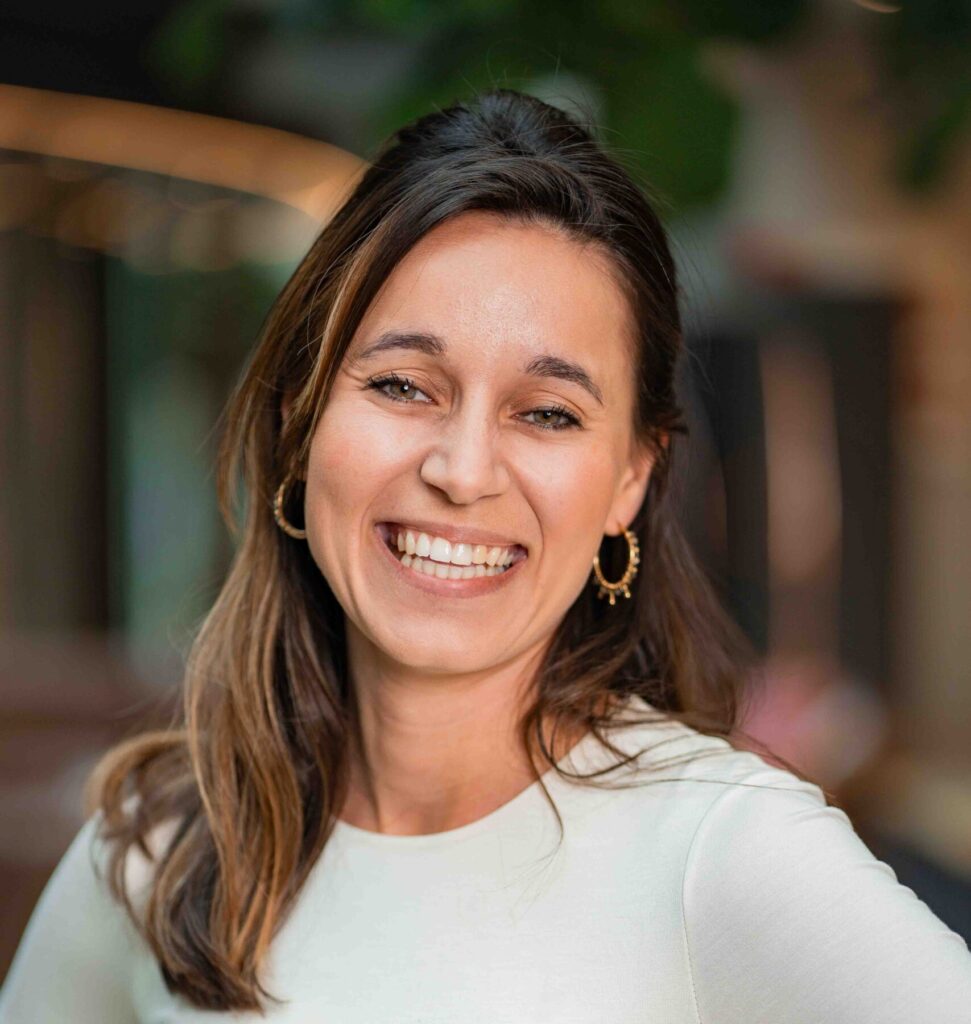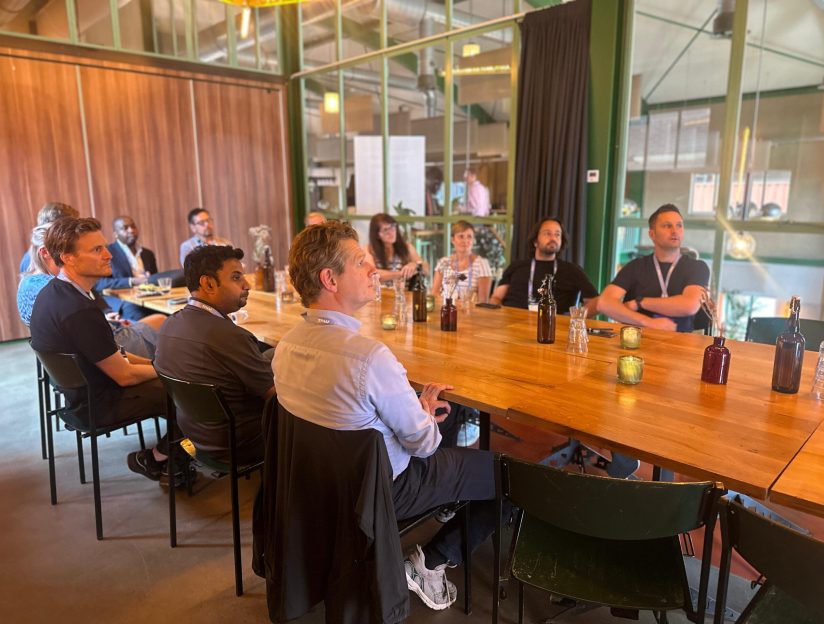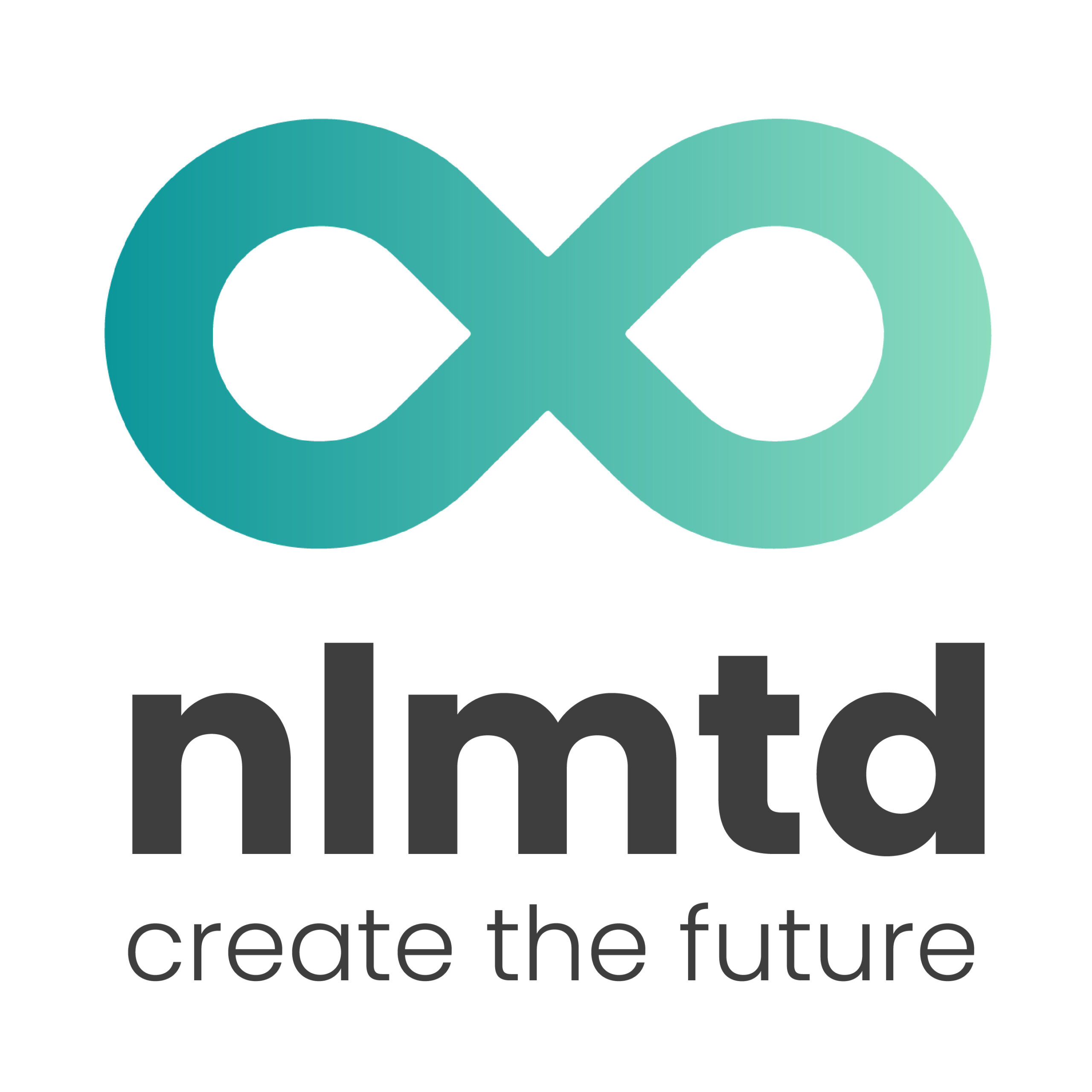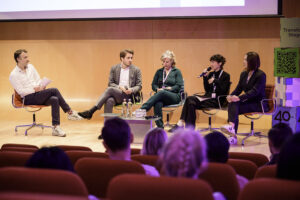
Wopke Dost
Lead Open Innovation Programs nlmtd
Wopke has an energetic personality and enjoys developing new ideas while guiding teams toward growth and success. She oversees large innovation programs and leverages her experience in open innovation, strategy, and the startup ecosystem to achieve innovative results.
Share this article
During the TNW Conference 2025, representatives from organizations including TenneT, Natwest, the Ministry of Economic Affairs and Climate Policy, and a range of innovative companies and investors gathered around the table. The central theme of discussion: how do you determine whether to buy, build or partner when pursuing innovation?
The session was introduced by Wopke Dost, Director of Innovation at nlmtd. She illustrated the topic with a case from BOOST, a coalition of airports focused on improving baggage handling with open innovation methods, including Schiphol. Depending on the nature of the challenge, the airports within BOOST decide whether to acquire technology or assets, co-develop it with partners, or build it in-house. This approach allows for speed and flexibility while retaining control over the innovation process.
Following this example, the group engaged in a substantive discussion. One of the entrepreneurs shared a current case from his startup. His team is pursuing a hybrid strategy: acquiring key components while partnering with others to develop a tailored solution. This method enables them to move quickly without compromising fit or quality.
Another participant highlighted a common risk in acquisitions: culture misalignment. Reflecting on a previous investment, the participant explained that post-acquisition integration failed due to a lack of cultural synergy. While the deal made strategic sense on paper, it only delivered value in the short term.
From a startup perspective, a founder who had sold his company to Disney offered a contrasting view. In his experience, acquiring a small team only works when the founders are retained and integrated gradually. Preserving their connection to the product and the company culture is critical to long-term success.

“We all understand how complex open innovation is, and that it cannot simply be solved with a theory or a model.”
Wopke Dost (nltmd)
A particularly compelling case came from one of the other founders on the table. After entering into a co-creation arrangement and sharing intellectual property with their manufacturer, the relationship began to deteriorate. The founder turned to the group for advice. The discussion yielded two strategic options: buy out the partner or allow the partner to buy them out. The case served as a clear reminder of the importance of defining intellectual property ownership and governance early in any collaboration.
From the corporate side, TenneT shared the challenges of scaling innovation. While piloting new technologies is common practice, the real question is how to manage risk after the pilot phase ends. As Wopke Dost explained, large organizations can leverage the implementation of a ‘change’ organization next to their ‘run’ organization, a structure that facilitates integration and ownership of innovations once they move beyond testing. TenneT acknowledged this need, particularly considering their ambition to connect more customers amid growing grid congestion.
Across all perspectives, startup and corporate, the discussion underscored a shared conclusion: there is no one-size-fits-all approach. Successful innovation depends on making deliberate strategic choices about when to buy, build or partner, and on embedding the right structures to support those decisions over time.





